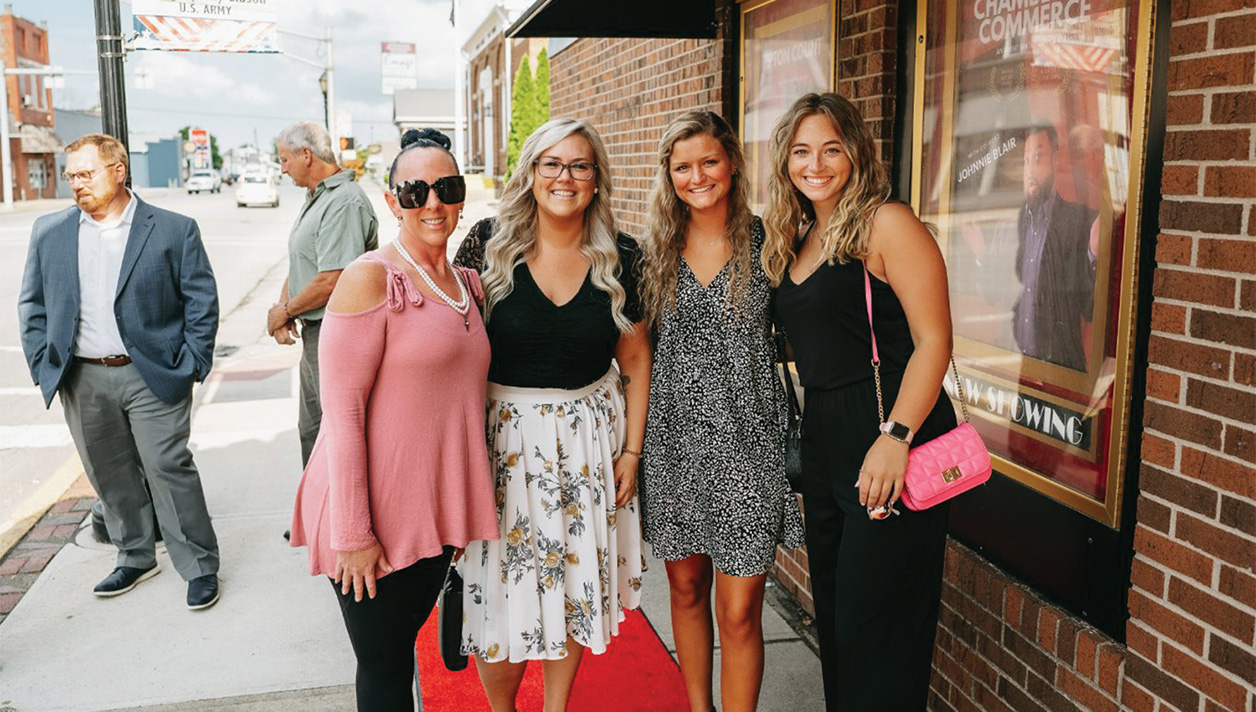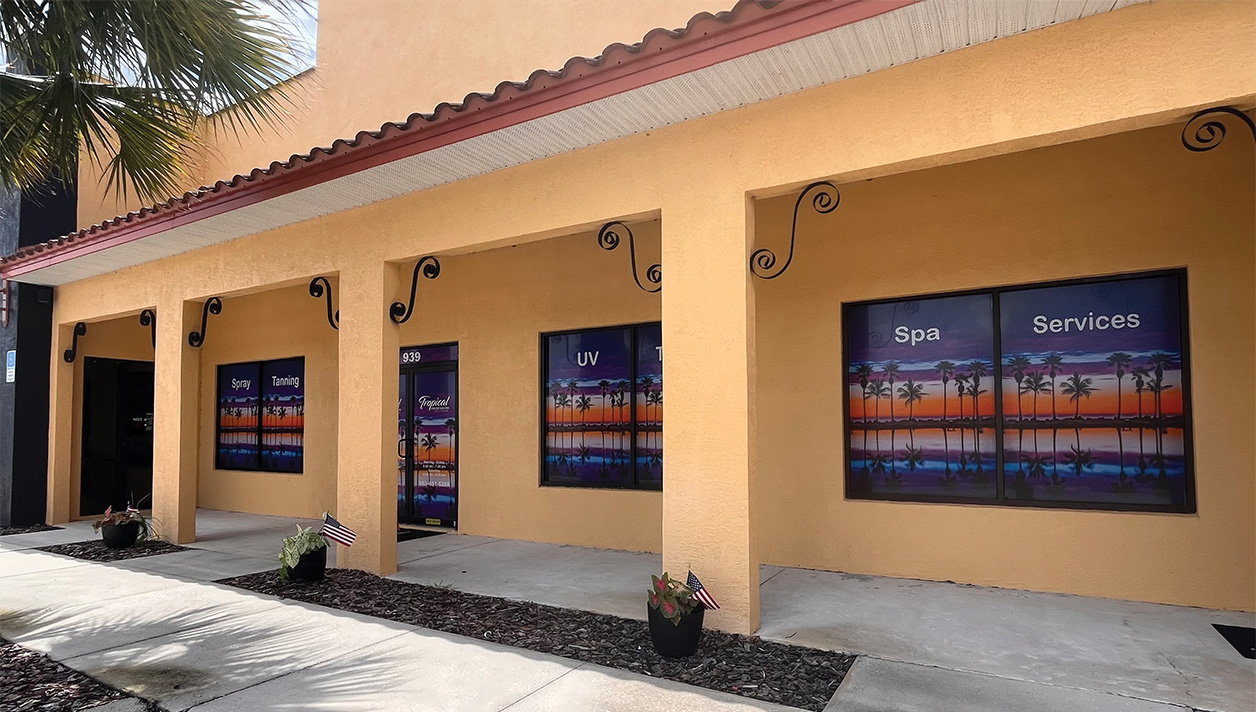The media has typically had a disdainful view of indoor tanning. This includes the position that among the biggest problems with our industry is that it’s not regulated. Well, that would come as a shock to the Food and Drug Administration which has regulated sunlamps and sunbeds in the U.S. since the inception of modern indoor tanning in 1979! Here’s some of what that regulation entails.
Section 1040.20 of the Code of Federal Regulations Title 21 (21CFR1040.20) under “Performance Standards for Light-Emitting Products” covers such items as sunbed timers, compatible sunlamps, exposure schedules, eye protection and more. However, these regulations are geared toward manufacturers of products rather than the salons where they are used.
A question from the Sun is Life® Certification exam that tangles many students concerns eye protection. One would assume that the FDA would absolutely mandate that reusable eye protection (goggles) be cleaned and disinfected after every use. A no-brainer, right? Wrong!
The FDA Code of Federal Regulations regarding eye protection covers several specifics: Code-compliant eyewear must block 99% UVA and 99.9% of UVB rays from penetrating the eyelids. Its lens must also allow visible light sufficient for a tanner to read the exposure schedule posted on the sunbed and reset the timer (to wit, turn the sunbed off) if needed. However, individual states may enact their own regulations regarding the wearing and cleaning of reusable eyewear, along with many other regulations specific to indoor tanning.
Your team needs the facts … from Sun is Life!
Sunlamp compatibility is also defined. A replacement lamp must not emit UV output that is + or – 10% of the originally installed lamp’s output, nor can it alter the recommended exposure schedule. All sunlamps must also have a “warning” label etched on the glass. Simply put, just because a lamp “fits” in the sunbed, does not mean that it’s FDA compatible. A letter of compatibility that’s been registered with the FDA must also accompany the replacement lamp and that letter must originate from the lamp’s manufacturer.
To determine exposure schedules, the industry standard for salons is to use an individual tanner’s skin type as rated 1-6 on the Fitzpatrick scale. Note that the exposure schedule is based on the output of four MED (Minimal Erythemal Dose) for a Skin Type II person. Huh?
Well, an MED is the least amount of UV exposure needed to create a discernible pinkening of the skin on a person with Skin Type II. No sunbed can emit more and this output is adjusted by the exposure schedule. Typically, the higher the UV output, the shorter the tanning session. But it’s not only the lamp; the thickness of the acrylic shield, proximity of the tanner’s body to the sunlamps and output of the system’s ballast are also considered for the schedule.
The FDA does not list the number of hours of usage after which a lamp should be replaced, only that “worn out” or non-functioning lamps should be replaced.
Hey, did you know that if a sunbed’s exposure schedule label or warning label is worn off (illegible), it’s the responsibility of the salon operator to replace it? Yup, and it’s the bed manufacturer’s responsibility to make the replacement label available.
For more info on the interactions of the FDA, sunbeds and lamps, you know what to do … get the facts with Sun is Life Certification today!

























